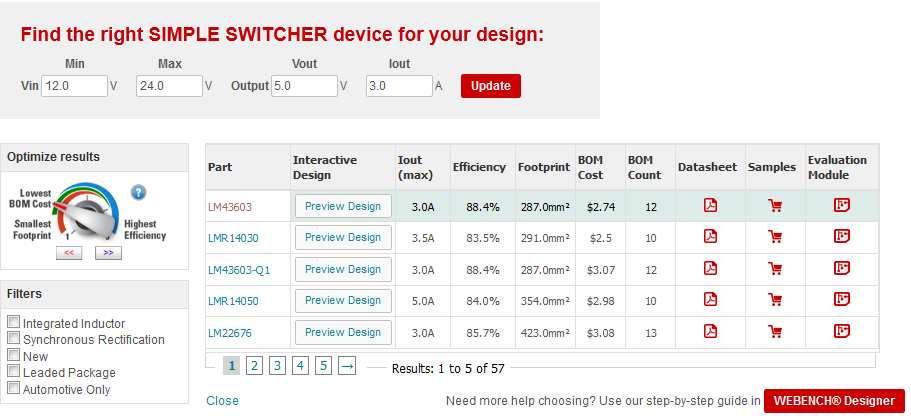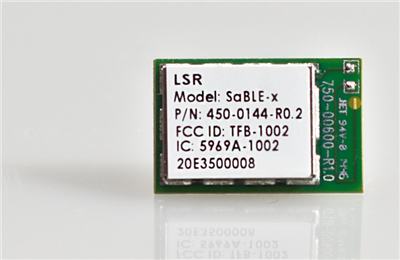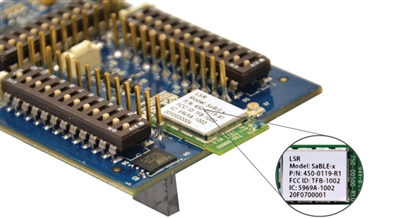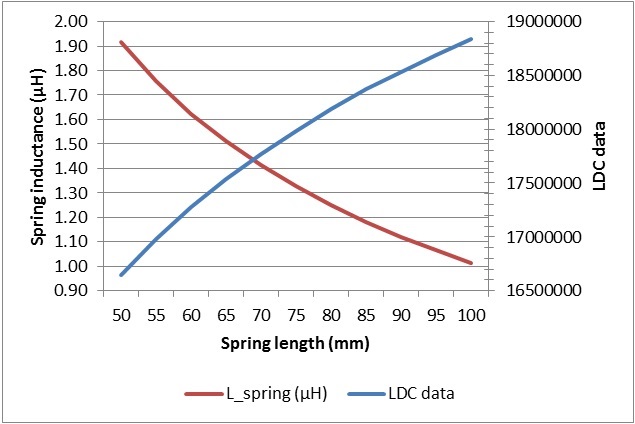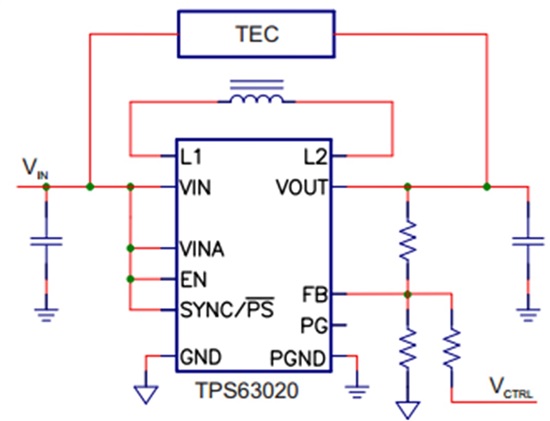TIers put our company’s commitment to citizenship into action every day in their jobs and in their communities. In our ongoing series “CiTIzenship," we feature TIers around the world making a difference in their communities and creating technology for good.
 TIer Misty Thompson has one setting: full speed.
TIer Misty Thompson has one setting: full speed.
“When people use a word to describe me, it’s ‘energy,’” she said. “I don’t sit still. If I’m sitting still, I’m usually sleeping. And I don’t sleep a lot.”
Misty works as an industrial engineer at MFAB, TI’s South Portland, Maine manufacturing facility, where she helps lead activities at the site to engage employees. But her energy doesn’t stop there. She organizes projects to serve nonprofit agencies supported by the United Way and shares her love of science, technology, engineering and math (STEM) with elementary and middle school students to inspire them toward studying technical subjects.
“I love people,” she said. “I’m an engineer. People generally think of engineers as people with pocket protectors who are a little quieter and kind of nerdy. That’s not me. I have a very analytical mind, and I do that in my job. I also enjoy getting involved and doing all these activities to balance my life and bring out the other side of me.”
Misty was among 12 individual employees and three employee teams who were recently honored with TI Founders Community Service Awards for outstanding volunteerism and contributions toward building strong communities.
Encouraging STEM
Misty hopes her love of STEM spills over to the elementary and middle school students she works with as part of the Engineering Ambassadors program. TI sponsors the initiative, which is part of the Maine Mathematics and Science Alliance.
It’s a fun way to learn. Engineers and teachers spend a day learning a project together. This year, teams were given card-stock paper, toothpicks, popsicle sticks, a plastic grocery bag, cotton balls and string to build a container that could be used to mail a single potato chip. The goal was to ship the chip without breaking it. Later, the engineers and teachers teamed up again to duplicate the project in elementary and middle school classrooms around the state.
 “When I go into the classroom, I talk to the students about what TI does, about what engineers do and what they want to be when they grow up,” she said. “I try to communicate that science and math aren’t scary and that everybody is capable. It’s very rewarding.”
“When I go into the classroom, I talk to the students about what TI does, about what engineers do and what they want to be when they grow up,” she said. “I try to communicate that science and math aren’t scary and that everybody is capable. It’s very rewarding.”
Community service
At Ruth’s Reusable Resources, just two miles from MFAB, Misty and a small band of other TIers volunteer for three hours on the second Friday of every month.
Ruth’s helps ensure that students and classrooms in Maine have the supplies they need by transferring surplus office supplies from businesses to teachers. The organization, which began more than two decades ago, operates a large warehouse where businesses send their leftovers and where teachers can pick up supplies they need.
“Think about all the things around your office -- binders, pencils, pens, hanging file folders. Everything,” she said. “Ruth’s takes it and reuses it or recycles it. For example, they take a binder and recycle the cardboard and get money for it. They recycle the metal rings. They remove the vinyl so teachers can use it to cut letters for their bulletin boards.”
Misty and her team have taken over Ruth’s envelope aisle. Every second Friday afternoon, two people on the team stock shelves in the area where teachers pick up their supplies while the rest of the team organizes envelopes – lots of envelopes – in the warehouse.
Another organization supported by United Way, Portland Gear Hub, has also benefitted from Misty’s energy. Many TIers in Portland are avid bicyclists, and she thought she could recruit plenty of volunteers by organizing a project that appealed to their love of cycling.
On May 21, eight TIers spent the day disassembling old bikes so the parts could be used to repair other bikes. Portland Gear Hub sells used and refurbished bikes and outdoor gear to support a local youth camp.
“It’s nice to give back,” Misty said. “I get to spend time with my friends and co-workers at the same time that I’m giving back. A lot of people want to volunteer, but they don’t because they don’t have the time or connections to set up. I enjoy providing them that opportunity.”









